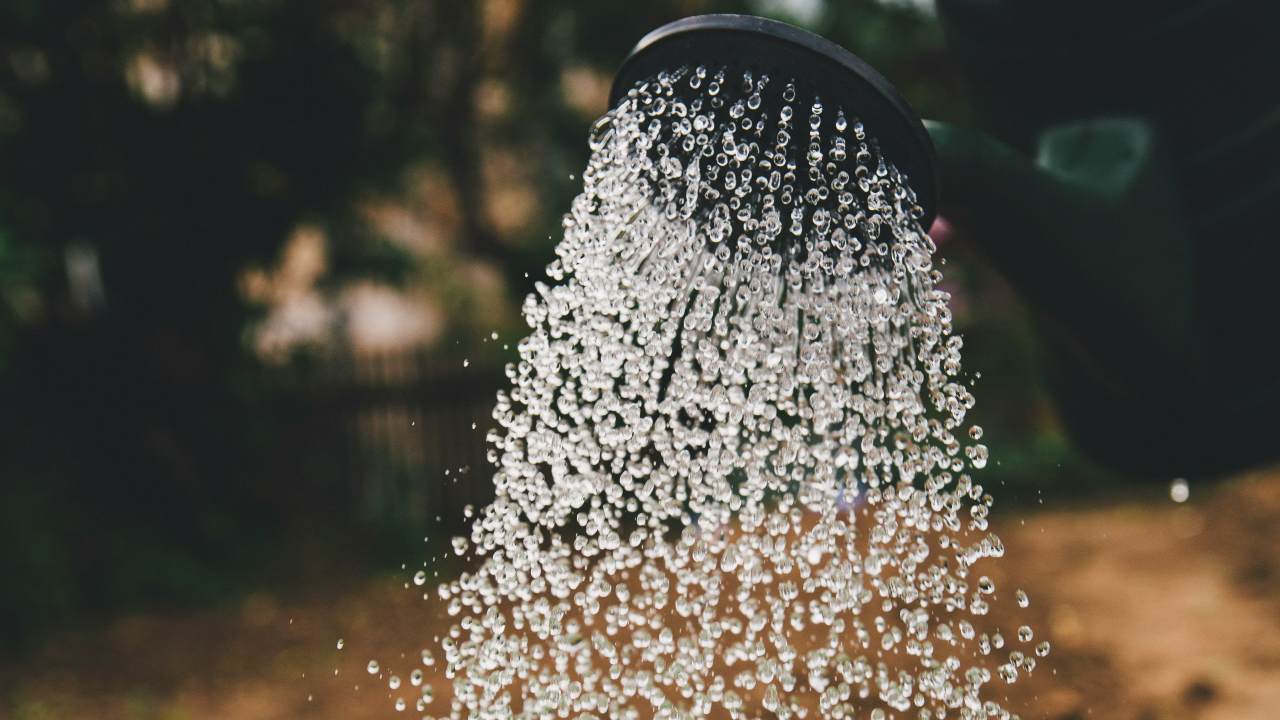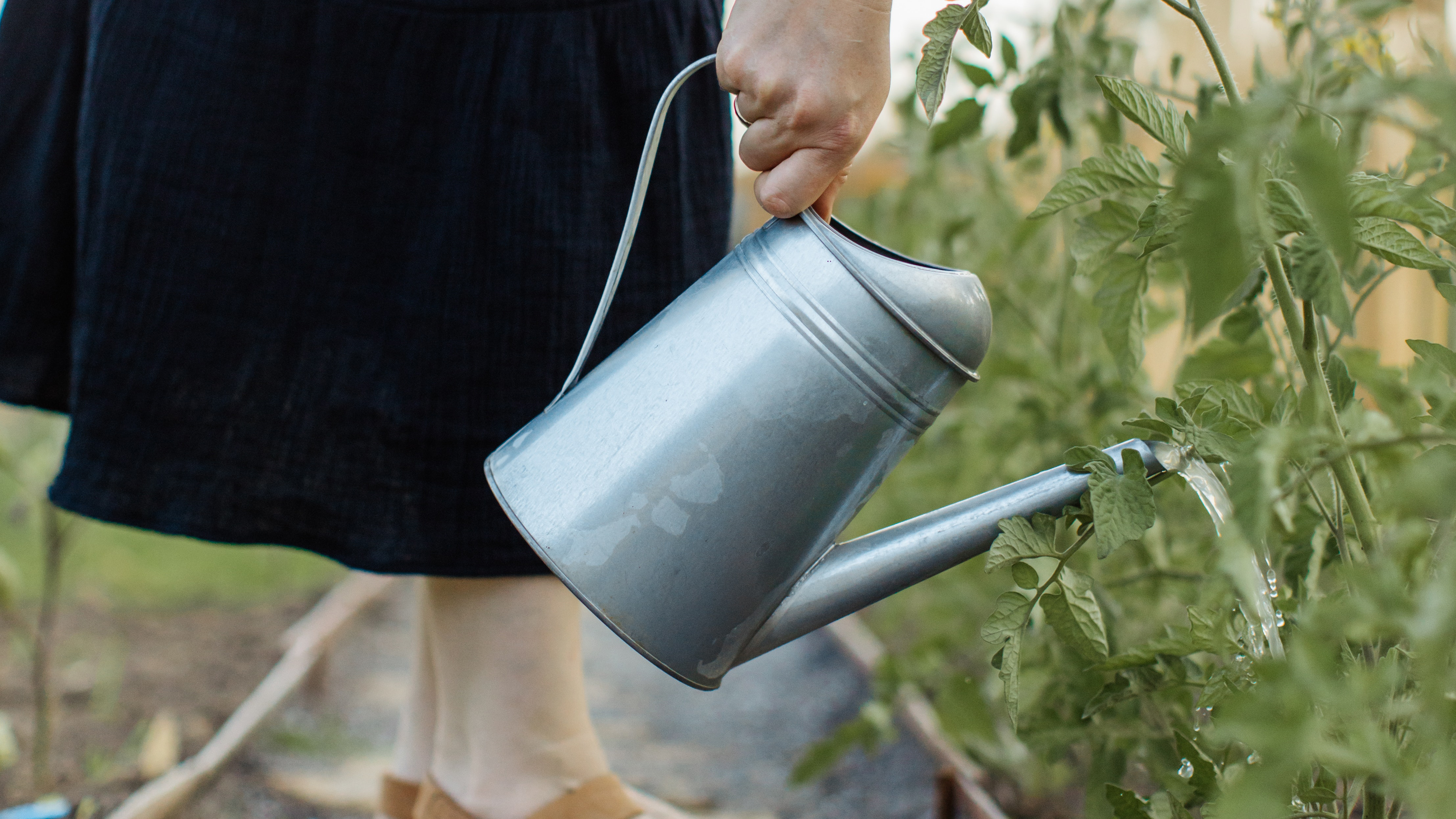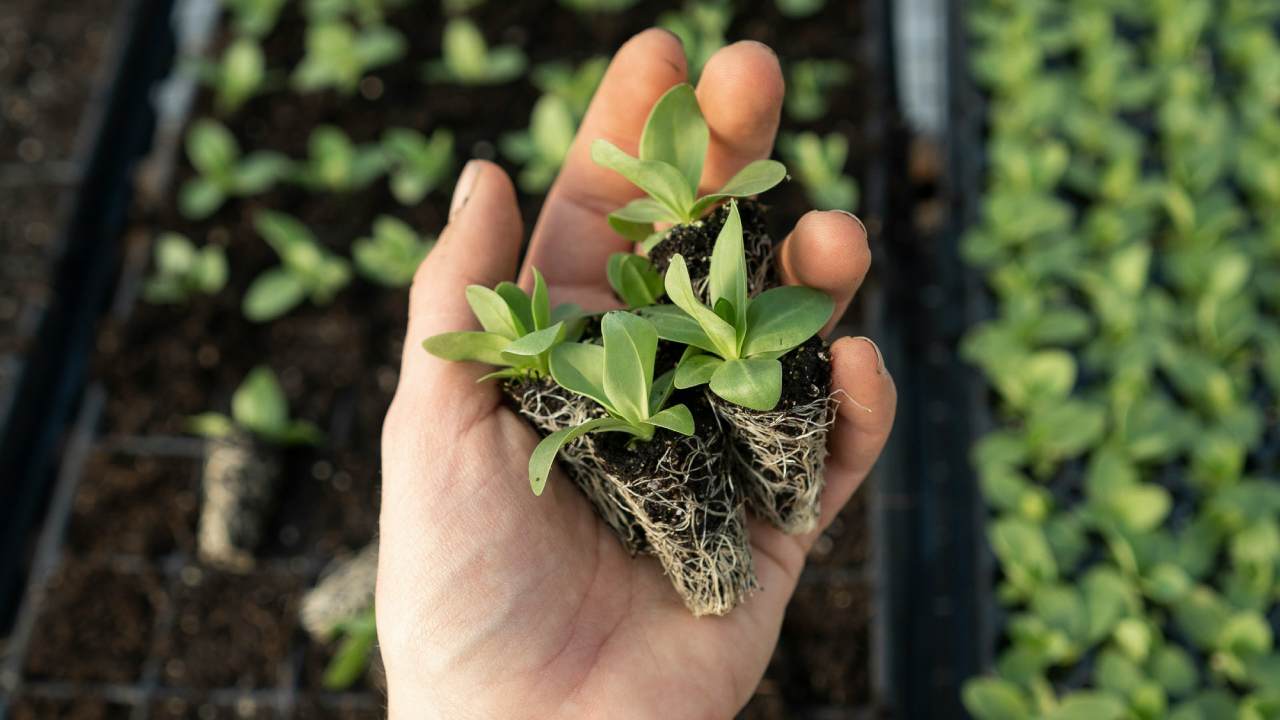
Taking care of your outdoor plants and garden during a heatwave often feels like an uphill battle. While the grass is probably quite grateful for the sunshine, there’s a very fine balance between the weather being nurturing or being too extreme. If it’s the latter, this results in dried out, yellow-looking lawns and withered plants.
I recently started my own herb garden and during the peak UK heatwave, I definitely started to panic about taking care of my plants. I overcompensated for the weather by drowning my herbs before realising I was doing more damage than good.
If, like me, you’re struggling to look after your garden in the heatwave,rest assured that there are many mistakes everyone makes when looking after outdoor plants in the hotter weather – here are five of the most common ones and how to fix them.
P.S. See our guide to the best cordless lawn mower to get your lawn in tip top shape.
1. Watering at the wrong time of day
How and when you water your outdoor plants makes a huge difference to their health, and how they’ll fare in a heatwave. While you might think overwatering them will keep them hydrated all day, this is not the case, and you could end up damaging their soil.
Stick to watering your plants in the early morning or late evening to help them prepare for the heatwave ahead. This is the time when your plants are typically in their best condition, so you’re almost strengthening them by watering them at the right times.
Watering your plants in the middle of the day is one of the worst things you can do, as they’ve already been subjected to the full heat of the sun before being heavily drowned in water if you try to overcompensate for the heat. This is also a huge waste of water, as it’ll evaporate quickly and leave your plants dry and thirsty when the sun is at its highest.

2. Only watering on the surface
Watering on the surface essentially means that you’re not giving your plants enough water for it to reach deep down into the soil and to the roots. This method is often referred to as watering deeply which can help plant growth and strength as you’re taking care of the entire plant rather than just the top layer of soil.
Not only does ‘deep watering’ mean you don’t have to water your plants as frequently, but it can also build up your plant’s strength and resilience so it can survive better in dry conditions or bounce back quicker if you go on holiday and can’t water your plants as regularly.
3. Not checking or treating your soil
Speaking of soil health, it’s important to check on your outdoor plants’ regularly rather than just pour a jugful of water on them. If your soil is looking a little dry, there are more ways to tend to it than just watering – and that’s mulch.
Mulching can have a great effect on your soil, especially its moisture levels. If it’s a particularly dry summer, mulch can help your plant retain water for longer and reduce any water evaporation from any strong heatwaves. Mulch also adds extra nutrients to your plants, and is a great way to reuse waste and compost – although avoid composting these seven items or your plants won’t thank you at all!

4. Forgetting to move your potted plants
Aside from overwatering, this was the biggest mistake I made with my outdoor plants. I have my herb garden in a prime sunbathing location so when we finally get sun in the UK, it can reap the benefits. But if it’s too hot, this can do damage to the condition of your plants – my mint plant was looking very sad for a while until I tried moving my potted plants.
Potted plants require more water and attention than plants that are directly in the ground, and too much sun can seriously dry out the soil. During heatwaves, move your potted plants into shady areas to improve the soils’ moisture levels and to prevent the pot itself from getting too hot, which can in turn ‘boil’ the roots. If you don’t have any shade spots, you can cover your plants with cloths or sheets to help protect them.
5. Neglecting deadheading and harvesting
Sadly, no matter how hard you try, there are always a few casualties in the garden – but that doesn’t mean you should just throw them away. Instead, focus on deadheading any plants that have stopped blooming as this can help encourage growth when the weather is right, and means your plant doesn’t look so… well… dead.
In general, you shouldn’t be planting any new plants, fruits or vegetables during a heatwave as you’re almost setting them up to fail. Focus on picking and harvesting foods that are in season while keeping a close eye on foods that may need more time.







